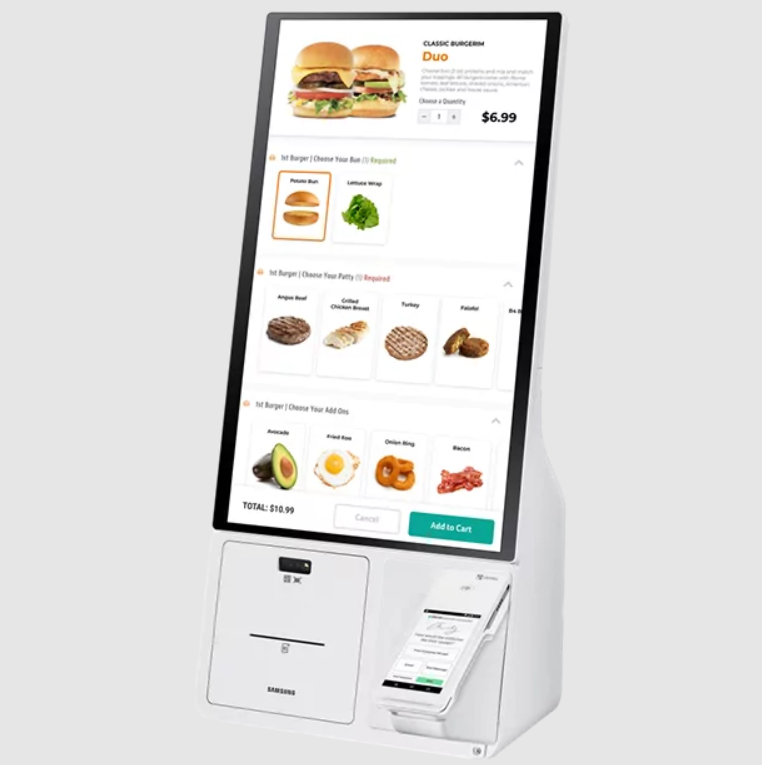Call it the Great Resignation. Call it the Big Quit. Call it a big issue you have to deal with. Whatever you call it, the ongoing labor shortage triggered by the COVID-19 pandemic is putting retailers and other businesses in a bind. There are more jobs to fill than workers who want to fill them – and that makes it difficult for small businesspeople like you to fully staff your operations.
How can your business deal with the ongoing lack of employees in today’s market? Here are ten strategies to consider.
1. Increase Wages
If you need to attract more workers in a competitive employment market you may have to pay your workers more. It’s not just about meeting minimum wage, it’s about offering high enough pay to draw workers away from your competition – and make it worth their while to rejoin the job market.
2. Offer Signing Bonuses
When you’re competing with other employers for a limited number of workers, you can entice new employees by offering generous signing bonuses. Offering instant cash for each new employee will attract some attention.
3. Offer Additional Perks
You may be able to compete for the limited supply of workers without increasing your payroll. Instead, consider offering some non-cash perks, such as tuition assistance or paying for daycare.
4. Offer Flex Working Hours
One of the issues holding back workers today is that they have to take care of their children who may be distance learning or quarantining due to COVID outbreaks in their schools. Parents are also having difficulty finding affordable daycare for their kids. If you can, offer your workers flex hours so they can work around their childcare obligations. Even better – let your employees work from home, if that’s an option.
5. Revise Your Job Qualifications
If you’re having trouble finding qualified employees, maybe you need to revise your qualifications. Look for workers who might not have quite the job skills or experience you’re looking for and be willing to train them on the job. It’s a surefire way to expand the pool of potential job applicants.
6. Expand Your Search
You may be used to picking up part-time employees by advertising in the local newspaper. If that’s not working for you anymore, try looking in other media. Experiment with online job sites, social media (such as LinkedIn), and other places where you haven’t looked before.
7. Turn Part-Time Jobs Into Full-Time Jobs
Some workers are resisting taking part-time jobs due to their lack of guaranteed hours and unpredictable schedules. Eliminate these complaints by turning part-time positions into full-time ones. Employees want the extra hours and job stability, even if it costs you more in benefits.
8. Change Your Open Hours
If you’ve tried all the above and still can’t find enough workers to fill your schedule, you may have to alter the hours you stay open. Maybe you open a few hours later in the morning or close a few hours earlier in the evening. Maybe you cut down or cut out weekend hours, or choose one day during the week to close early or close completely. The fewer hours you have to staff, the easier you can deal with a smaller staff.
9. Cut Back the Services You Offer
If you don’t have enough staff you may need to cut back on some labor-intensive services. If you run a restaurant or sandwich shop, consider eliminating indoor dining. If you offer customization or gift wrapping, you may not have the staff to continue with those services. As opposed to closing entirely because you don’t have the staff, narrowing your focus may be a better approach.
10. Improve Efficiency with Contactless Payment Options
Finally, make sure that the employees you do have are using their time efficiently. You can speed up transaction time by employing contactless checkout systems and encouraging mobile ordering and payment. Contact your Higher Standards Expert Advisor to learn more.
The Bottom Line
The current labor shortage may have been exacerbated by the COVID crisis but it’s likely to be with us for awhile. You may need to change some of the things you do to attract and retain enough staff to keep your doors open.








